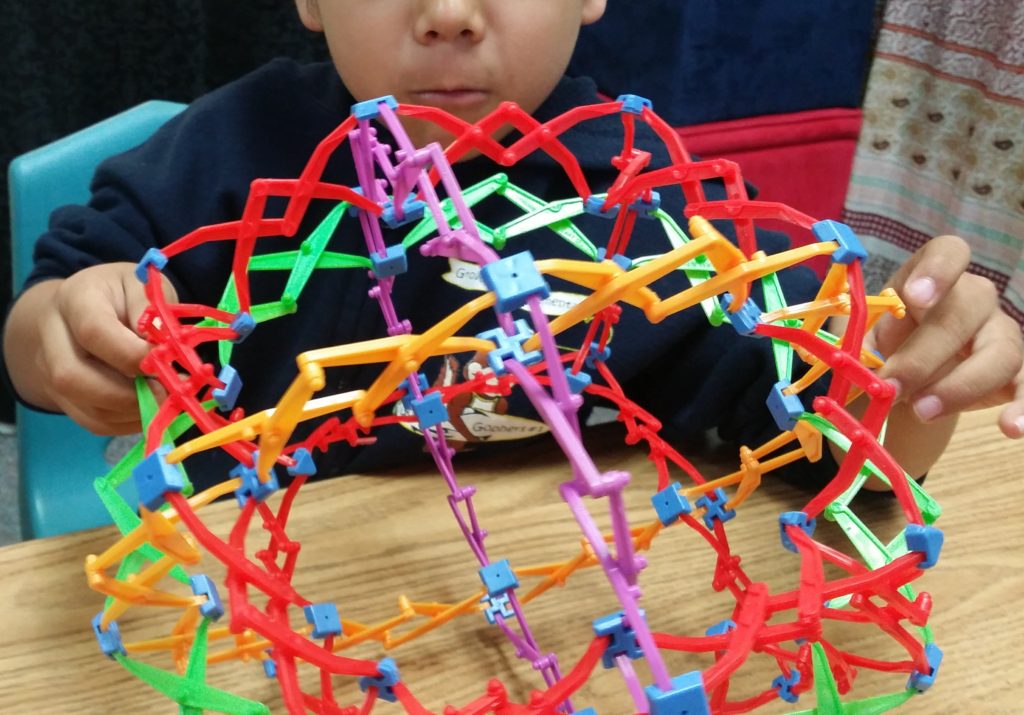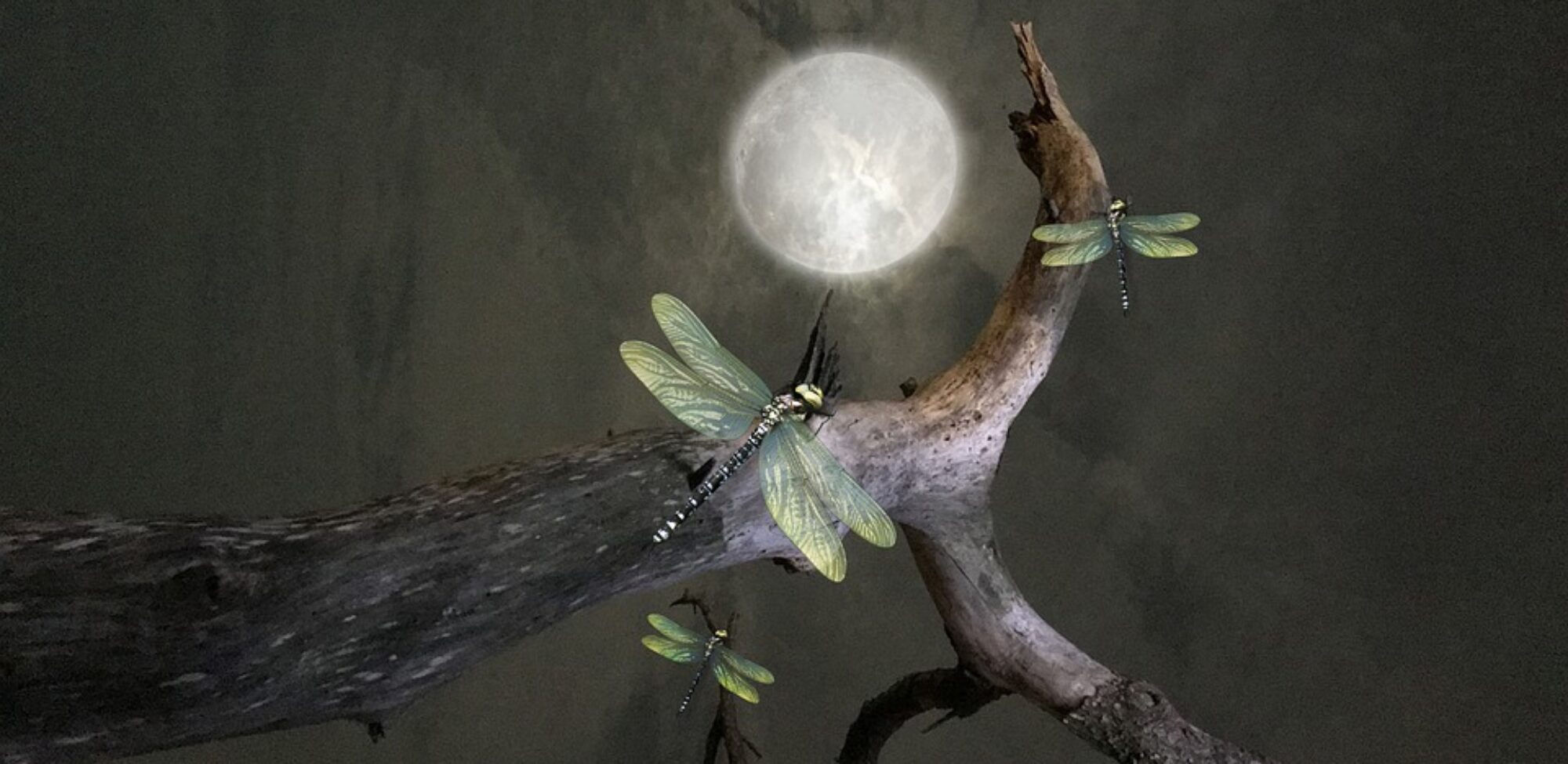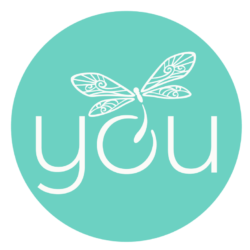
At the start of this school year, I introduced mindfulness to four different special education preschool classes of students with a variety of levels and spectrums of “special needs” for a weekly “Circles” group. I have been used to integrating mindfulness with older students so I really wasn’t sure how it would go but I wanted to try. My focus would be on something visually interesting and something functional and simple. The breath. Why? Because slow, deep calming breaths signal the brain to calm the nervous system. Many of these young students are are challenged with dis-regulation of the nervous system. By modeling a simple breathing technique, the young students get familiar with the word “breathe” and experience how it feels when doing this and participating in a group activity where everyone else is doing it. At the same time, it provides the teachers and their paraprofessionals a tool to use throughout the day with these littles (as well as for themselves).
With eager, but nervous, anticipation, I asked the teacher and paraprofessional aides to gather the children to come sit in a circle on the floor. Some of the children joyfully jumped on their spot while others fussed and protested this transition. We had not yet developed a relationship since I was new to the school. As they were getting settled I turned on soothing, rhythmic grounding music which caught the attention of all. I then took out my “magic breathing ball” (Hoberman sphere or expanding ball, as in photo above) and began expanding and contracting the ball. I began to synchronize my breathing to the rhythm of the music while also matching it to the slow expansion of the ball for inhalation, and contraction of the ball for exhalation. The adults, who were part of the circle, were encouraged to model this as well, by joining in the breathing and using hand movements to match the expansion and contraction of the ball. Breathing in… (about 3 secs) and exhaling (about 4-5 secs)…..The energy in the room began to shift. When your exhale is slighter slower than your inhale, this creates changes in the brain to activate the parasympathetic nervous system and deactivate sympathetic (stress) nervous system.
The “breathing ball” was passed around the circle for everyone to try, including the other adults who served as perfect role models. This simple activity has so many emotional intelligence mini lessons within. In addition to practicing a self-regulation calming technique, each student is also learning impulse control for waiting their turn, they are learning imitation and modeling/leadership skills, and they are learning turn taking (it’s difficult giving up this really cool expanding ball!) As a speech-language therapist it also assists in breath control for speech production. Many of these students are typically difficult to engage because of their severe disabilities but most of them were instantly drawn to this entire simple activity.
An interesting observation was that many of the students had challenges with inhaling and exhaling with a slow deep rhythm at the beginning of the session but when I closed the session with the expanding ball again, most of them demonstrated breathing in and out with much more ease. It was beautiful to witness the change in just one short lesson. One of the aides remarked that she never saw “Johnny” so interested and participatory in “Circle Time”! Another aide said she wished we could do this every day! And another aide shared she was so relaxed afterwards. The children, though unable to voice their opinions, undoubtedly experienced something positive from this activity judging from the smiles and calm bodies compared to when we first sat down.
This was a promising start and the “magic breathing ball” has become part of our opening routine to our weekly “Circles” class. It is my hope that these mini lessons will provide ideas for the teachers and paraprofessional aides to use with our students, and for themselves, throughout the day as needed to bring back balance and calm, and the many other benefits breathing has for our bodies and minds. I invite you to take 1-3 deep breaths now! It just may be the magic you need this very moment!
You can use the image below which is similar to the magic expanding ball.
~~~~~~~~~~~~~~~~~~~~~~~~~~~~~~~~~~~~~~~~~~~~~~

“By practicing mindfulness kids learn life skills that help them soothe and calm themselves, bring awareness to their inner and outer experience, and bring a reflective quality to their actions and relationships. Living in this way helps children connect to themselves (what do they feel? think? see?), and maybe to something greater than themselves.”
~Susan Kaiser Greenland, Author of “The Mindful Child: How to Help Your Kid Manage Stress and Become Happier, Kinder, and More Compassionate”


